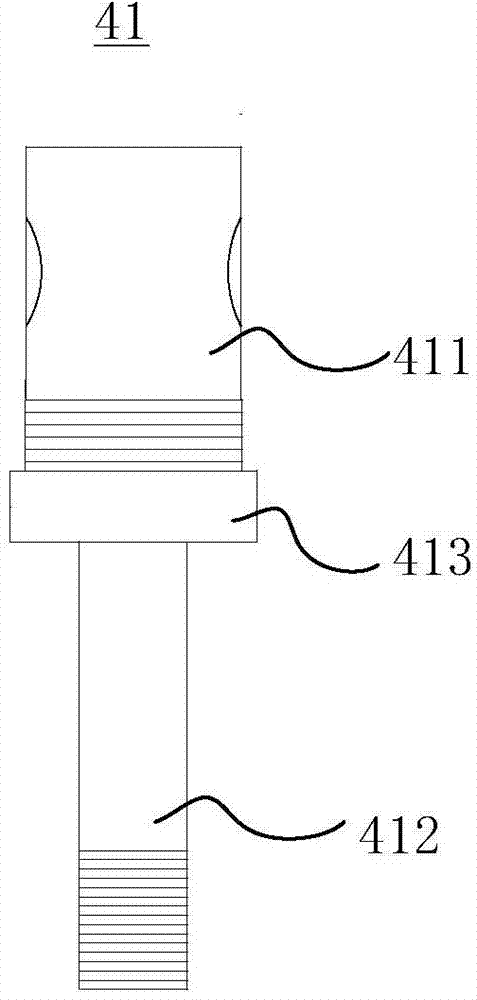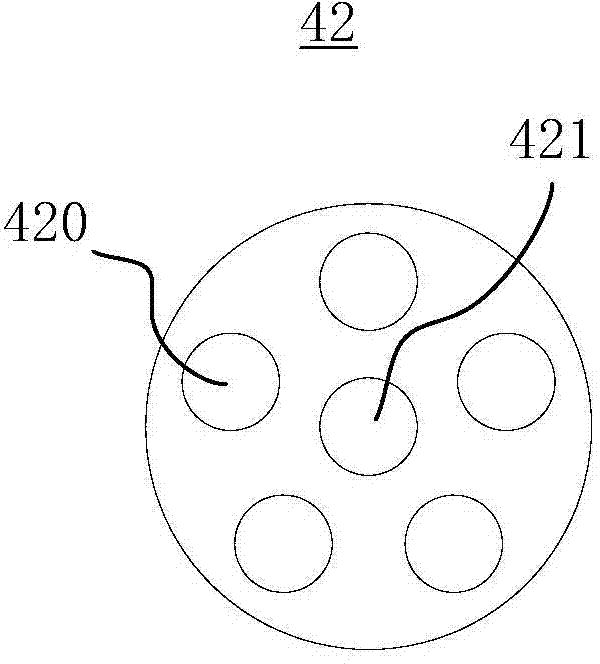Rod piece load holding testing device
A test device and bar technology, which is applied in the direction of applying stable tension/pressure to test the strength of materials, can solve the problems of poor performance analysis accuracy of workpieces and can not truly reflect the performance of workpieces, and achieve accurate analysis results
- Summary
- Abstract
- Description
- Claims
- Application Information
AI Technical Summary
Problems solved by technology
Method used
Image
Examples
Example Embodiment
[0026] In order to make the objectives, technical solutions and advantages of the present invention clearer, the following further describes the present invention in detail with reference to the accompanying drawings and embodiments. It should be understood that the specific embodiments described herein are only used to explain the present invention, but not to limit the present invention.
[0027] In addition, the technical features involved in the various embodiments of the present invention described below can be combined with each other as long as they do not conflict with each other.
[0028] Such as figure 1 As shown, the rod load holding test device provided by an embodiment of the present invention is used to perform a load holding test on the rod 90. The rod 90 has a first end 901 and a second end 902 opposite to each other. The rod 90 may be a type of workpiece made of glass or metal. In an embodiment, the rod 90 is a glass fiber rib.
[0029] The rod load holding test de...
PUM
 Login to View More
Login to View More Abstract
Description
Claims
Application Information
 Login to View More
Login to View More - R&D
- Intellectual Property
- Life Sciences
- Materials
- Tech Scout
- Unparalleled Data Quality
- Higher Quality Content
- 60% Fewer Hallucinations
Browse by: Latest US Patents, China's latest patents, Technical Efficacy Thesaurus, Application Domain, Technology Topic, Popular Technical Reports.
© 2025 PatSnap. All rights reserved.Legal|Privacy policy|Modern Slavery Act Transparency Statement|Sitemap|About US| Contact US: help@patsnap.com



